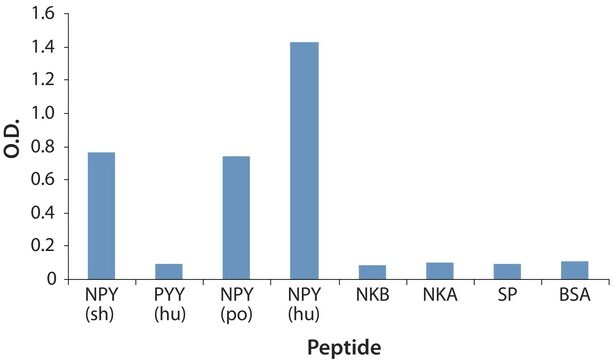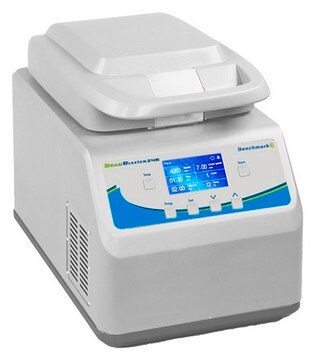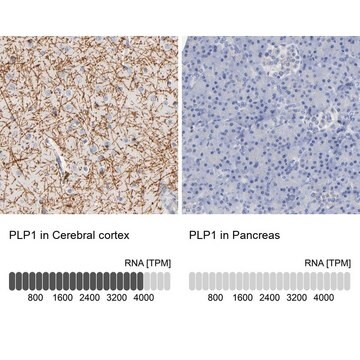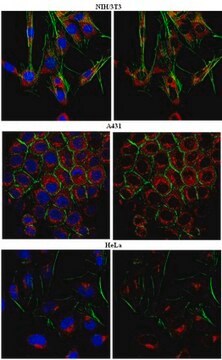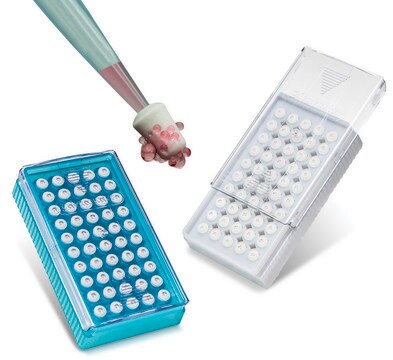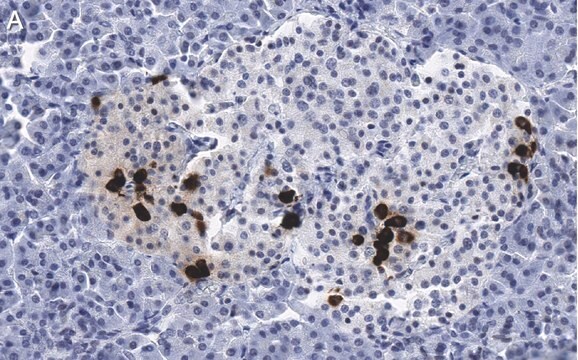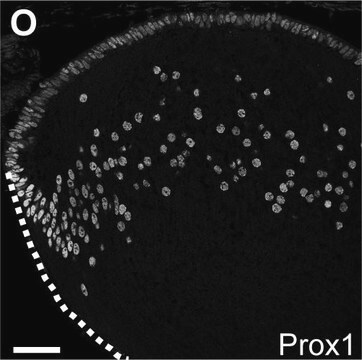AB1583
Anti-Neuropeptide Y Antibody
serum, Chemicon®
Sinônimo(s):
NPY
About This Item
Produtos recomendados
fonte biológica
sheep
Nível de qualidade
forma do anticorpo
serum
tipo de produto de anticorpo
primary antibodies
clone
polyclonal
reatividade de espécies
invertebrates, rabbit, guinea pig
fabricante/nome comercial
Chemicon®
técnica(s)
immunohistochemistry: suitable
radioimmunoassay: suitable
nº de adesão NCBI
nº de adesão UniProt
Condições de expedição
wet ice
modificação pós-traducional do alvo
unmodified
Informações sobre genes
rabbit ... Npy(100301542)
Especificidade
Synthetic NPY completely abolishes radio labeled NPY binding to NPY antibody in RIA and antibody binding to tissue antigen.
Imunogênio
Aplicação
RIA
Optimal working dilutions must be determined by the end user.
Neuroscience
CNS Control of Metabolism
Hormones & Receptors
forma física
Armazenamento e estabilidade
Informações legais
Exoneração de responsabilidade
Não está encontrando o produto certo?
Experimente o nosso Ferramenta de seleção de produtos.
Código de classe de armazenamento
11 - Combustible Solids
Classe de risco de água (WGK)
WGK 1
Ponto de fulgor (°F)
Not applicable
Ponto de fulgor (°C)
Not applicable
Certificados de análise (COA)
Busque Certificados de análise (COA) digitando o Número do Lote do produto. Os números de lote e remessa podem ser encontrados no rótulo de um produto após a palavra “Lot” ou “Batch”.
Já possui este produto?
Encontre a documentação dos produtos que você adquiriu recentemente na biblioteca de documentos.
Nossa equipe de cientistas tem experiência em todas as áreas de pesquisa, incluindo Life Sciences, ciência de materiais, síntese química, cromatografia, química analítica e muitas outras.
Entre em contato com a assistência técnica